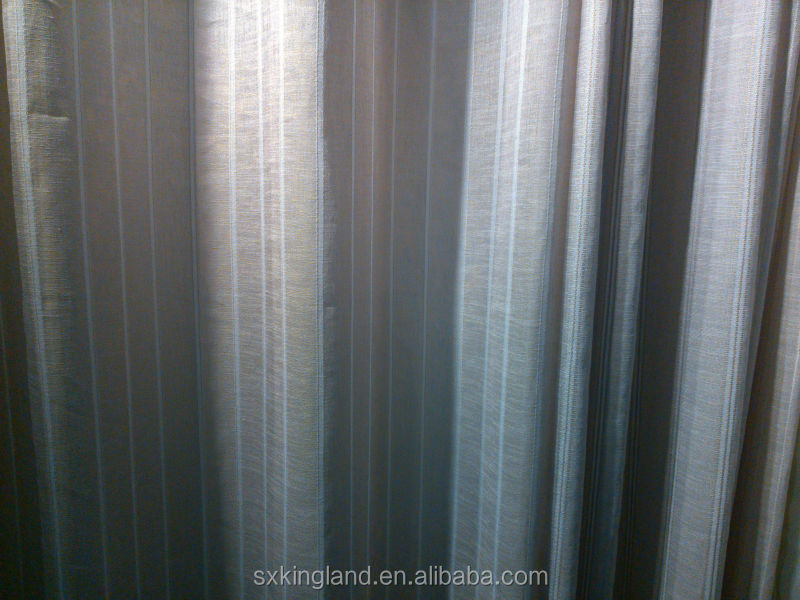The Profitability of Curtains
Curtains, a simple yet essential household item, play a crucial role in enhancing the comfort and privacy of a home. From a business perspective, curtains also have significant profit potential. In this article, we will explore the profitability of curtains in detail, discussing factors such as product cost, mark-up, market demand, and competition.
Product Cost

The cost of curtains varies depending on their type, size, material, and design. Simple curtains made of basic materials like cotton or polyester are relatively inexpensive to produce, while more complex designs using high-end materials like velvet or silk can cost significantly more. Additionally, large-sized curtains, such as those used in living rooms or bedrooms, are generally more expensive than smaller ones used in kitchens or bathrooms.
Mark-Up
The mark-up on curtains is another crucial aspect of their profitability. Retailers and manufacturers typically add a certain percentage to the product cost to cover their expenses, including rent, salaries, and marketing. The mark-up also helps to ensure a healthy profit margin. However, it is essential to strike a balance between mark-up and price sensitivity. If the mark-up is too high, it can discourage customers from purchasing your product.
Market Demand

The demand for curtains is influenced by several factors, including seasonality, customer lifestyle, and interior design trends. For example, during colder months when customers are looking to block out light and heat, there may be a higher demand for thicker and warmer curtains. Conversely, during warmer weather, customers may prefer lighter and more transparent curtain materials that allow more light to enter their homes. Additionally, customers with a more active lifestyle or those who work from home may require curtains that are easier to open and close frequently.
Interior design trends also play a role in curtain demand. When a new trend emerges, such as a specific color or style of curtain, it can spark a surge in demand for that particular item. Conversely, when trends fade or change direction, it can affect the demand for certain types of curtains negatively.
Competition
Competition in the curtain industry is fierce. There are numerous manufacturers and retailers offering a wide range of products to meet the diverse needs of customers. To stay competitive, businesses must offer high-quality products at competitive prices while providing excellent customer service and support. This includes offering fast and reliable delivery times as well as providing returns and exchanges when needed. By providing these essential elements to customers, businesses can foster brand loyalty and encourage repeat purchases from satisfied customers who are willing to pay higher prices for these benefits.

Conclusion
In conclusion, the profitability of curtains depends on several factors including product cost, mark-up, market demand, and competition. By carefully managing these aspects of your business model while offering high-quality products and excellent customer service support you can succeed in this lucrative industry sector today!
Articles related to the knowledge points of this article:
The womens winter coat: a must-have for cold weather
Title: The Art of tie Knots: An Exploration of the Countless Ways to Tie a Necktie
The rise of the faux two-piece down jacket
The style of coat and down jacket
The fill of a down jacket: a crucial aspect for warmth and comfort



